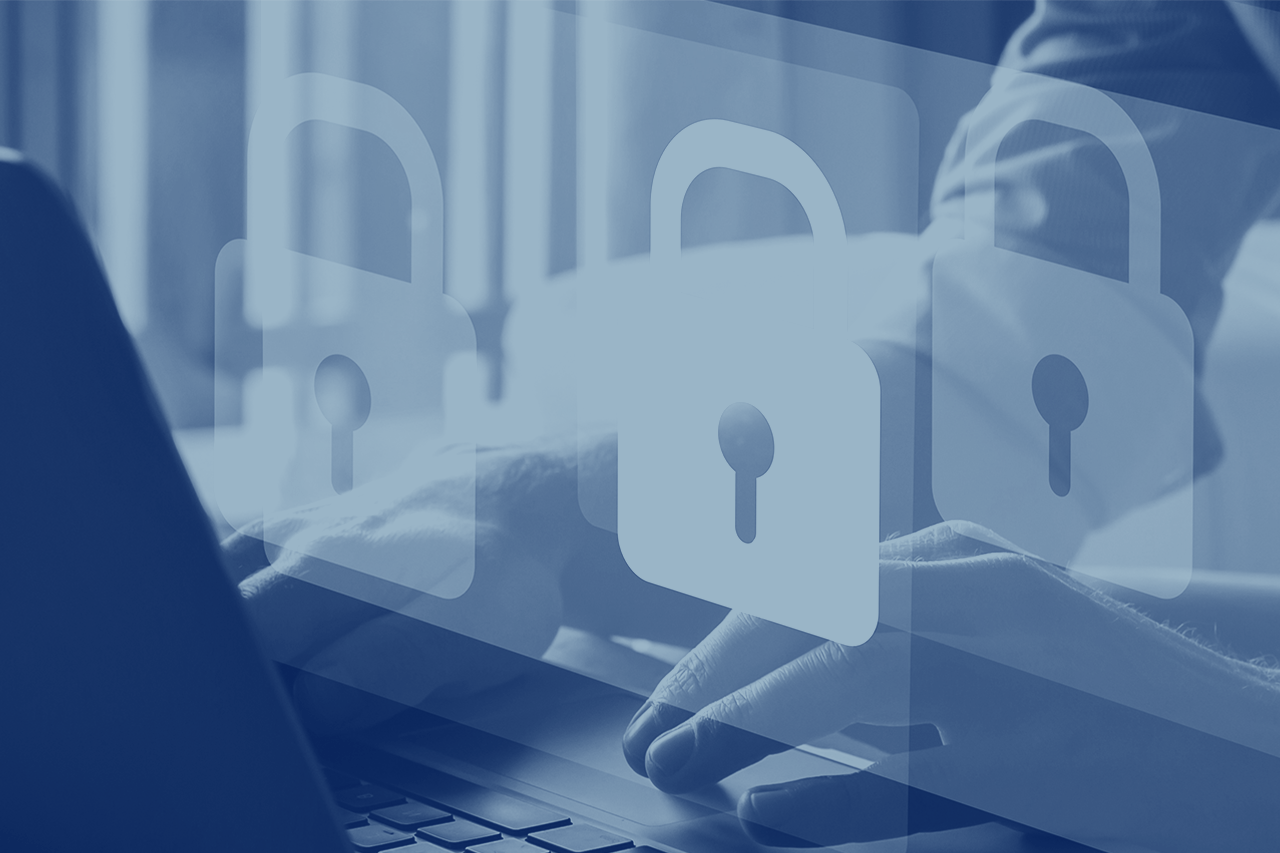
How to Build an Effective Insider Threat Program
As organizations sharpen their defenses against external cyber threats, many overlook the growing risk that comes from inside organizations. Insider threats—whether malicious or negligent—present a unique challenge: the actor often has legitimate access, knows the systems, and may not trip traditional security alarms until damage is already done.
Establishing a well-structured insider threat program isn’t just a nice-to-have—it’s essential. But doing it right means acknowledging that the traditional InfoSec-led approach doesn’t apply. Instead, insider threat programs must be cross-functional, legally sound, and led by the department best equipped to balance risk, privacy, and organizational trust.
READ MORE: How to Apply the Three Lines of Defense
HR and Insider Threats
While InfoSec often uncovers the first signs of suspicious behavior—such as data exfiltration flagged by UEBA tools—it should not direct the investigation. That role belongs to human resources. Insider threat investigations often involve sensitive personnel issues, and HR is uniquely positioned to manage them in ways that protect both the employee’s rights and the organization’s legal standing.
In this model, InfoSec plays a critical role by validating alerts and providing technical evidence, but HR serves as the incident handler, determining whether and how to proceed. Legal teams should be involved early to define what’s permissible during an investigation and help mitigate liability. In some cases, physical security or union representatives may also be called in, especially when physical retrieval of assets is required or employment contracts are involved.
How to Build an Insider Threat Team
Insider threat programs cannot function effectively without executive sponsorship. Ideally, they should be backed by the Chief Risk Officer or an equivalent leader with the authority to coordinate across business units, set policy, and enforce outcomes.
The core team should be cross-functional by design. At a minimum, it must include HR, legal, information security, and representatives from the business units. The team must operate on a strict need-to-know basis, with participants required to sign additional NDAs. Confidentiality is critical—leaks or internal breaches of trust can derail an investigation and expose the organization to further risk.
DOWNLOAD OUR GUIDE: Threat Intelligence Policy and Procedure
Define an Insider Threat Workflow
Successful insider threat programs follow a well-defined workflow. It typically starts when InfoSec receives an alert—perhaps a flagged anomaly from behavioral analytics. After confirming it's not a false positive, InfoSec refers the incident to HR. HR then consults with business leadership and legal to determine the scope and next steps.
Throughout the process, decisions must be carefully documented, roles clearly defined, and the investigation tightly controlled. While InfoSec may gather and share evidence, HR remains the central point of coordination, ensuring that investigative steps comply with internal policies and employment laws.
The end of the process—whether it leads to termination, disciplinary action, or no action at all—should also be handled by HR, in consultation with legal and executive leadership. This preserves neutrality and protects the organization from claims of bias or overreach.
READ MORE: Guidance to Mature Your Threat Modeling Program
Avoid Common Insider Threat Pitfalls
One of the biggest mistakes organizations make is letting InfoSec lead investigations into their own alerts. While it may seem efficient, this approach can backfire, leading to legal missteps, privacy violations, and employee distrust.
Another frequent error is over-sharing within the insider threat team. Remember: these are sensitive investigations. Even well-intentioned conversations outside of the core team can create liability or derail the process. Strict role-based access and strong internal communication discipline are non-negotiable.
Insider Threat Programs Are Not Like Other Security Programs
What sets insider threat programs apart is that they blend technical detection with human-centric judgment. They deal not just with systems, but with people—their behavior, access, motivations, and rights. That makes these programs fundamentally different from traditional security approaches.
Instead of relying solely on tools or automation, organizations must design insider threat programs around structure, collaboration, and care. When HR, legal, InfoSec, and business leaders come together under a common charter—with clearly defined roles and workflows—they’re not just reducing risk. They’re building a culture of accountability and trust.
Download our Security Budget 2025 Benchmark Summary Report—and gain access to valuable insights and guidance to overcome budget obstacles.
Take our CISO Comp and Budget Survey in less than 10 minutes and receive career-defining data and other valuable insights and data sets.
Security staff professionals can take our 2025 Cybersecurity Staff Compensation and Career Benchmark Survey.
Although reasonable efforts will be made to ensure the completeness and accuracy of the information contained in our blog posts, no liability can be accepted by IANS or our Faculty members for the results of any actions taken by individuals or firms in connection with such information, opinions, or advice.
